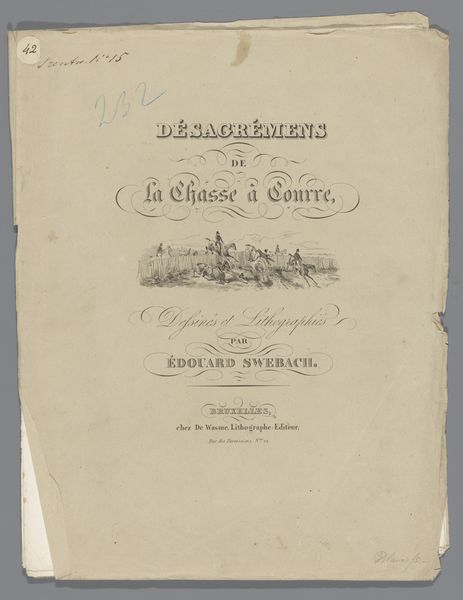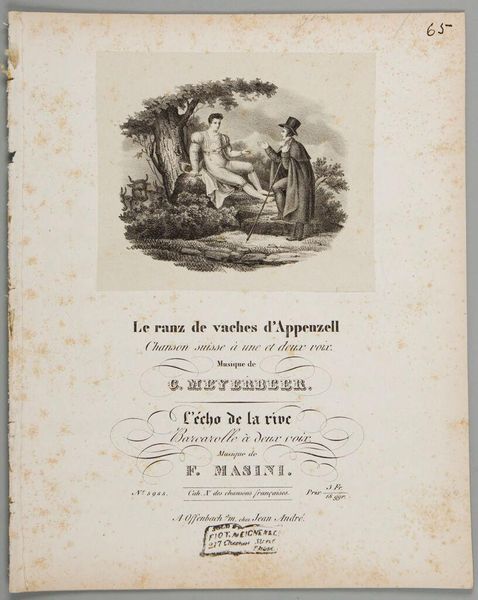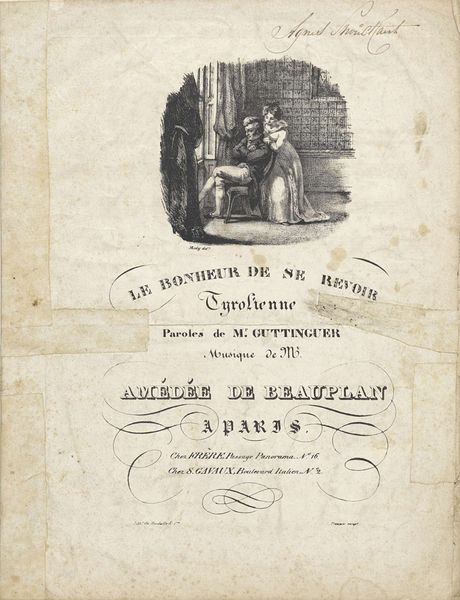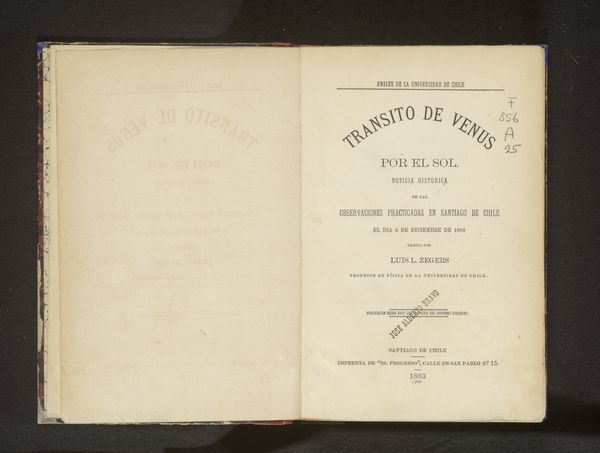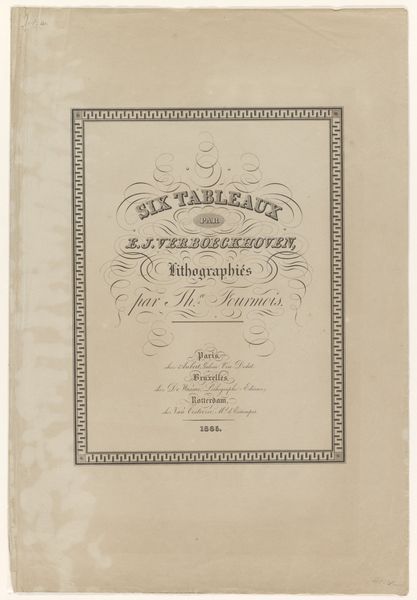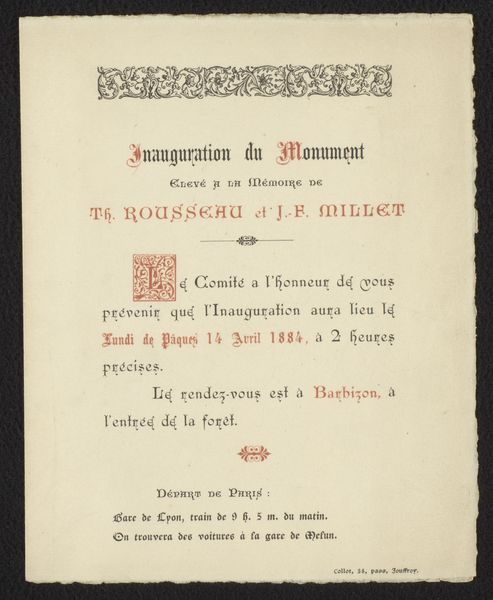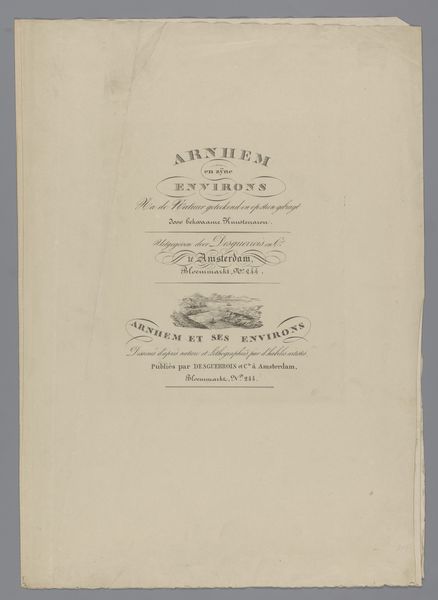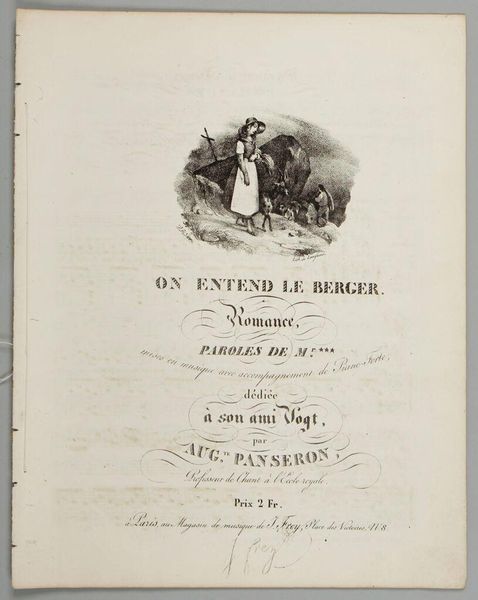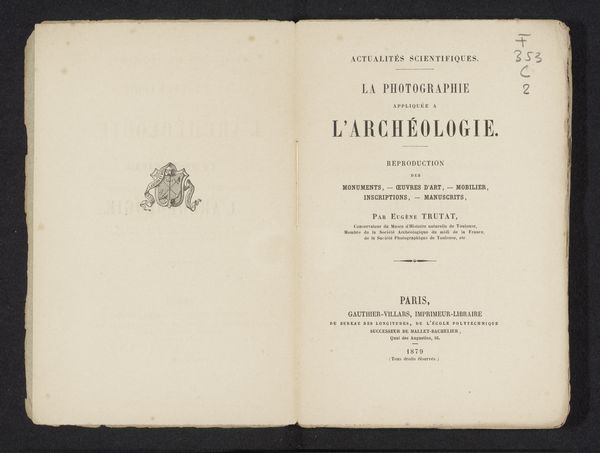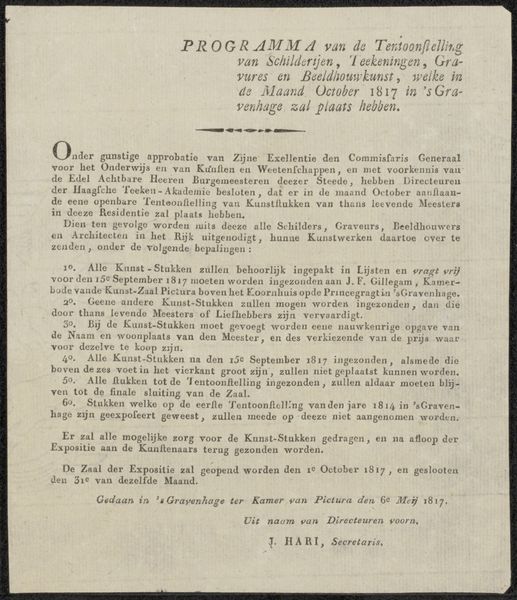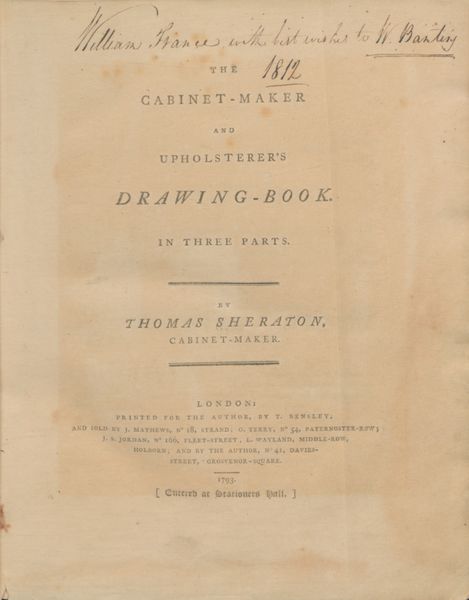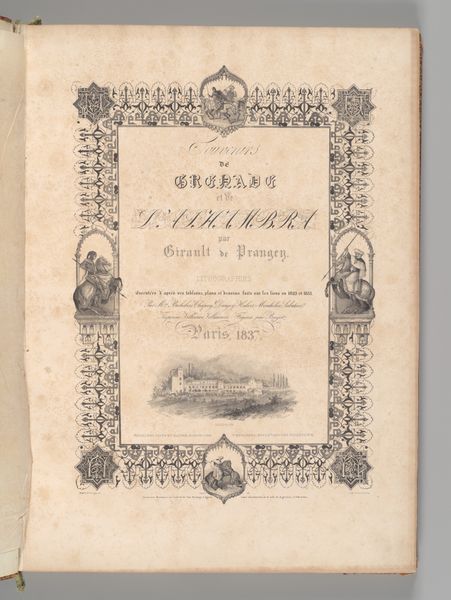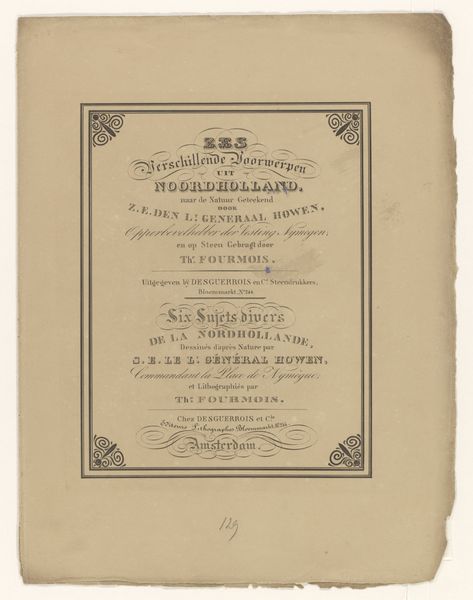
Omslag met twee kunstenaars buiten aan het werk onder een boom 1827 - 1851
0:00
0:00
drawing, lithograph, print
#
drawing
#
lithograph
# print
#
landscape
#
romanticism
#
genre-painting
Dimensions: height 288 mm, width 184 mm, width 367 mm
Copyright: Rijks Museum: Open Domain
Curator: Before us we have Paulus Lauters' print titled "Omslag met twee kunstenaars buiten aan het werk onder een boom," created sometime between 1827 and 1851. It's currently held in the Rijksmuseum. Editor: The composition feels very ordered, despite depicting a scene en plein air. It exudes this… restrained energy. The grayscale doesn’t give away much, but the details in their work really stand out. Curator: It's a lithograph, part of a series meant as an instructional tool - "Principles of Landscape: Usage for Beginners. Drawn after nature," as the title states. The very process of lithography here implies an effort at mass production and distribution for pedagogical purposes. Editor: It seems incredibly exclusionary. The Romantic era idea that artistic genius emerges from a select few in leisurely landscapes ignores labor in the artistic profession. Curator: That’s an interesting perspective. I am curious to delve deeper into who had access to such printed material. Was it largely amateur middle class practitioners imitating professional approaches? Editor: Yes! Think about how access to education and leisure time intersected along class lines. These "beginners" likely belonged to a specific social stratum. Curator: I agree. We should also consider the context in which it was printed; its publishers, De Wasme-Pletycka in Brussels. Printing itself as an industry...it provides clues about both artistic dissemination and its economy. Editor: Looking closer, I can appreciate how Lauters tried to represent that artistic production by depicting artists in what seems like a pastoral idyll. There's an engagement with nature, for sure, but who got to engage with nature in that way? Curator: Lauters seemed particularly involved in lithography – we may consider the standardization of drawing through his engagement with reproductive graphic media. Editor: These artists under the tree may have been more about romantic idealism than any kind of accurate depiction of an actual artist's lived experience. This artwork sparks reflection of accessibility and privilege within the art world even then. Curator: Exactly! Understanding how such prints were conceived, created, and circulated, it can challenge ideas regarding romantic notions that have shaped art making since. Editor: This makes it even clearer that engaging art with a material awareness is essential for true progress.
Comments
No comments
Be the first to comment and join the conversation on the ultimate creative platform.

